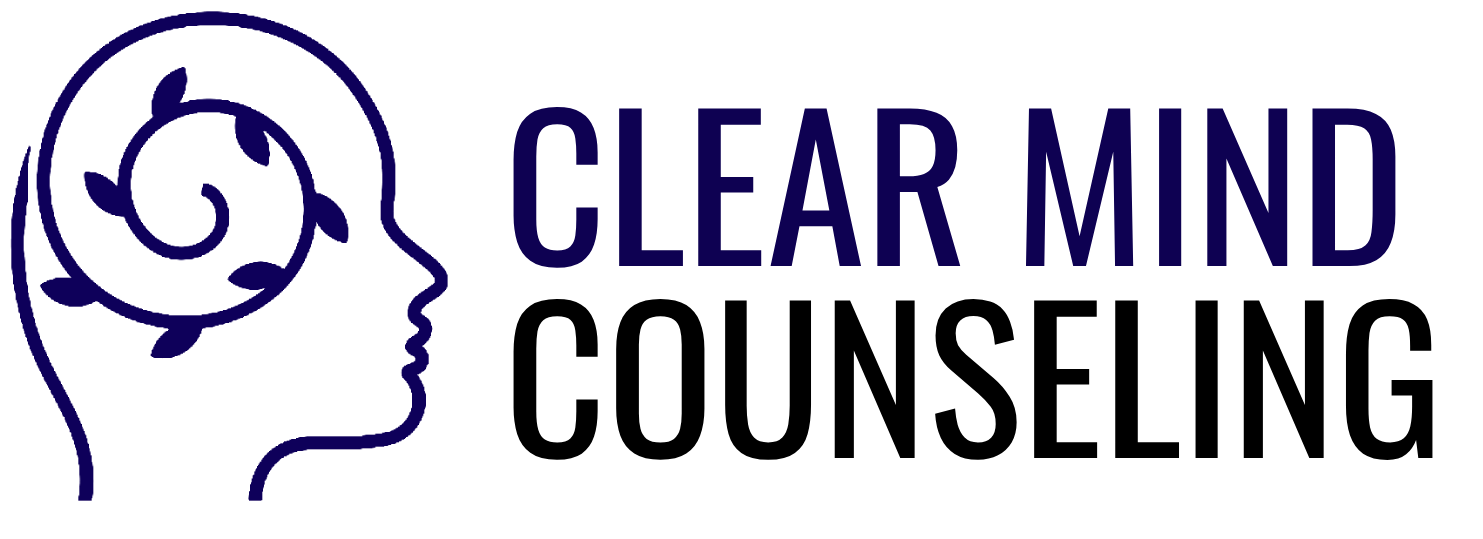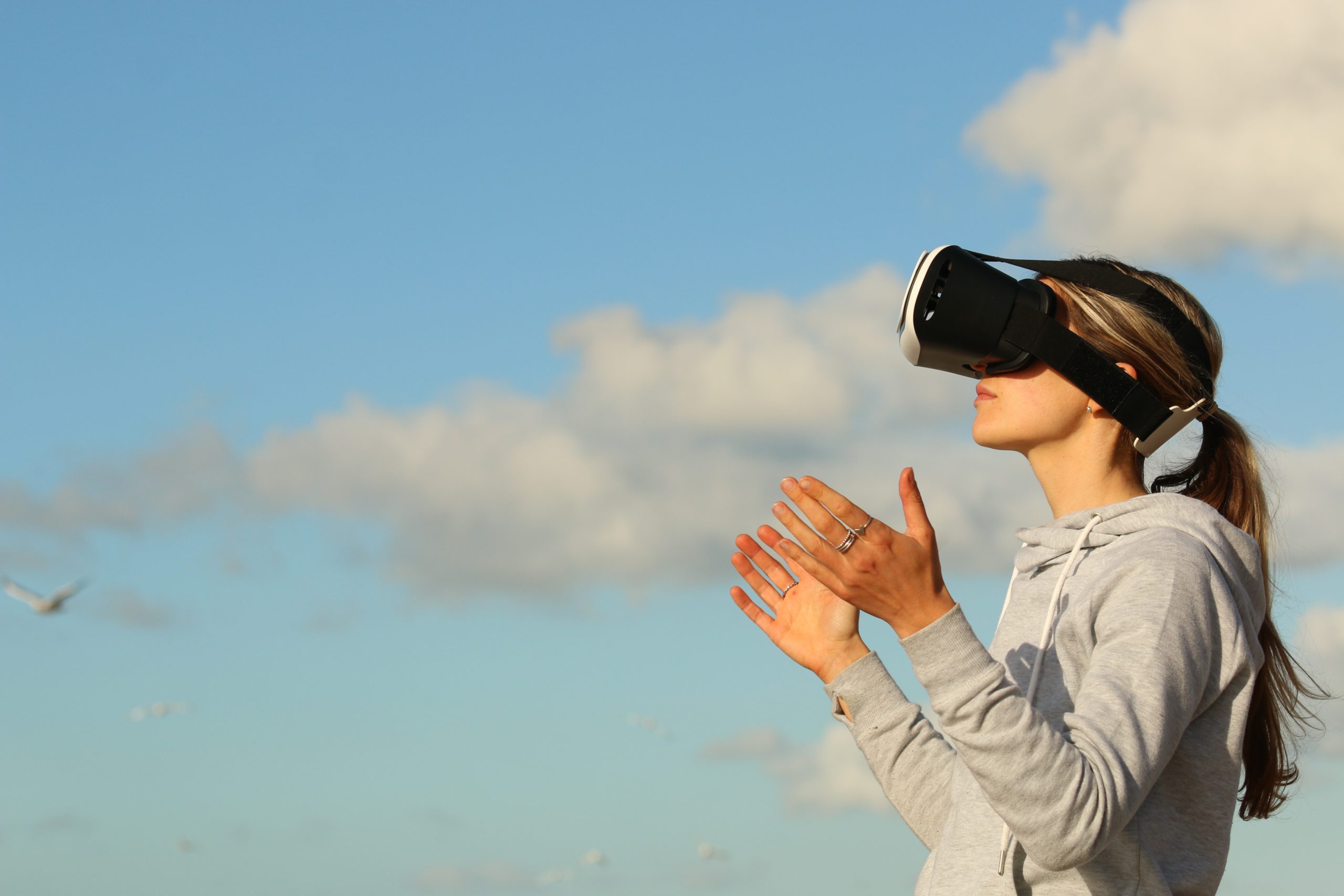I recently returned from a conference of the Anxiety and Depression Association in Denver. They were less far along in the progress of spring there, and it snowed on my first day- but who cares? I spent most of my time inside of the Sheraton anyway, choosing between the many promising sessions. I wish I could have attended them all. The most exciting thing about the conference for me though, was the new technology designed to treat mental illness that it introduced. I left feeling very inspired, and hope to incorporate this tech it into my practice soon.
Here are the ones that I think are most promising.
Smartphones
One research team at the conference presented a very interesting study they conducted using mindfulness apps with teenagers. Since teenagers characteristically spend a lot of time looking and their smartphones, their study focused on treating anxiety with a combination of therapy and a mindfulness app that could be viewed on a cell phone. They reasoned that adolescents are very used to and comfortable with apps on their phones and usually had their phones with them. It would be easy and convenient for teenagers to comply with this assignment of engaging with these apps outside of therapy, and their follow through would increase. The experimental group was asked to access very short mindfulness exercises 2-3 times per day. In comparison with a control group that received therapy only. The results of this study showed that the adolescents who were in the experimental group improved much more quickly than the therapy only group, and a 6-month follow-up showed that the effects did last over time. Although the research group developed their own mindfulness app, they compared it to the very accessible mindfulness app on Headspace. Since smartphones can be negative distraction for teenagers and social media can be a vehicle for low self-esteem, it was heartening to see that they can also be used as a tool to improve mental health.
PDTs
The conference also included a session called The Future of Mental Health that introduced Prescription Digital Therapeutics (PDTs). PDTs are available now and very effective for anxiety, panic and phobias. My favorite product used video games to support treatment of specific phobias. Video games are another high-interest technology intervention that is convenient for clients. Many people already play video games daily for pleasure, especially teens and young adults. Videogames are a technology that clients are comfortable with and enjoy utilizing.
I am very afraid of spiders, so one particular game really appealed to me. In the first level the player is presented with a very beautiful and stylized spider that does not look scary at all. In order to gain points, they help and rescue the spider as it tries to complete the tasks required in the game. As the player and their spider-ally proceed through the game they bond over their shared objective. In addition, the stylized spider character’s appearance becomes more and more realistic. As a result of the bond, the player becomes desensitized to the spider’s appearance as they continue to play. The results of the research on this game are very promising. Patients become less spider-phobic as they play, because the game provides Gradual Exposure Therapy (as the spider becomes more realistic). The game also rewards the player with points and prizes for interacting with the spider. As a result, the game subtilty creates an emotional bond between the player and spider as they assist and protect the object of their phobia throughout the game. There are many more games like this available. Another intriguing one the researchers described is a video game that addresses fear of heights by requiring the player to rescue a cat from higher and higher elevations.
Virtual Reality
Exposure therapy is a very successful way to extinguish specific phobias. However, if you are meeting a client in your office, it is extremely challenging to set up the kind of graded exposure or systematic desensitization they need. In an office you have 55 minute sessions, and clients waiting and limited space and resources. It can be overwhelming to provide effective exposure therapy.
In addition, there are many experiences and situations that you can’t recreate in your office for all sorts of reasons, such as space requirements, sound, and verisimilitude. Obviously, there are also many places, especially during COVID, you cannot accompany your client to and perform in vivo desensitization as well. How can you possibly do an in-vivo desensitization on an airplane? You can’t buy real airplane tickets for every client with aerophobia!
You can’t help your client calm themselves during an MRI. Medical staff will. not allow you in the room and hospitals are even restricting family members from accompanying people to the hospital. They will not be willing to make special arrangements for mental health professionals right now.
What’s a therapist to do?
To my amazement at the conference, provider Elizabeth Mcmahon PhD. demonstrated to us how to solve this problem. She showcased how she used virtual reality in her practice. The headset she showed us was so small, it folded up and fit in her small crossbody bag! The device that she used for the VR projector was her cell phone.
When it was my turn to use the virtual reality device, the program was exposure therapy for claustrophobia when entering an MRI machine. It started with me sitting in a waiting area with other patients sitting (unsmilingly) around me, then I was gowning up in the dressing room and then I finally entered the MRI tube. In a moment I was gazing out at my feet while the loud realistic whirring and banging noises played in my earphones. It was believable. I could certainly imagine coaching a client through strategies of reality testing, negative thoughts, and performing anxiety-reducing tasks while they were using this program.
It would be like a role-play for getting through the real experience. Dr. Mcmahon also had a VR program for needle phobia, which she said was enhanced by squeezing the patient’s arm while they experienced the VR blood draw. She said she had fast and effective results in recovery for her patients with phobias. Many different VR programs are now available. For example, airplane simulations and programs to help people who fear being in crowds.
Technology has opened new vistas for so many professions, it is about time that it paid some attention to therapy. The conference showed me that although I often suspect that cell phones, screen time and video games are the culprit in many mental health issues (because they cause isolation, promote unrealistic body image and lower self-esteem), they also have a use in mental health treatment. Technology is not going away, and since it is at everyone’s fingertips- creating ways for it to enhance and increase compliance in mental health treatment is definitely an advancement.

